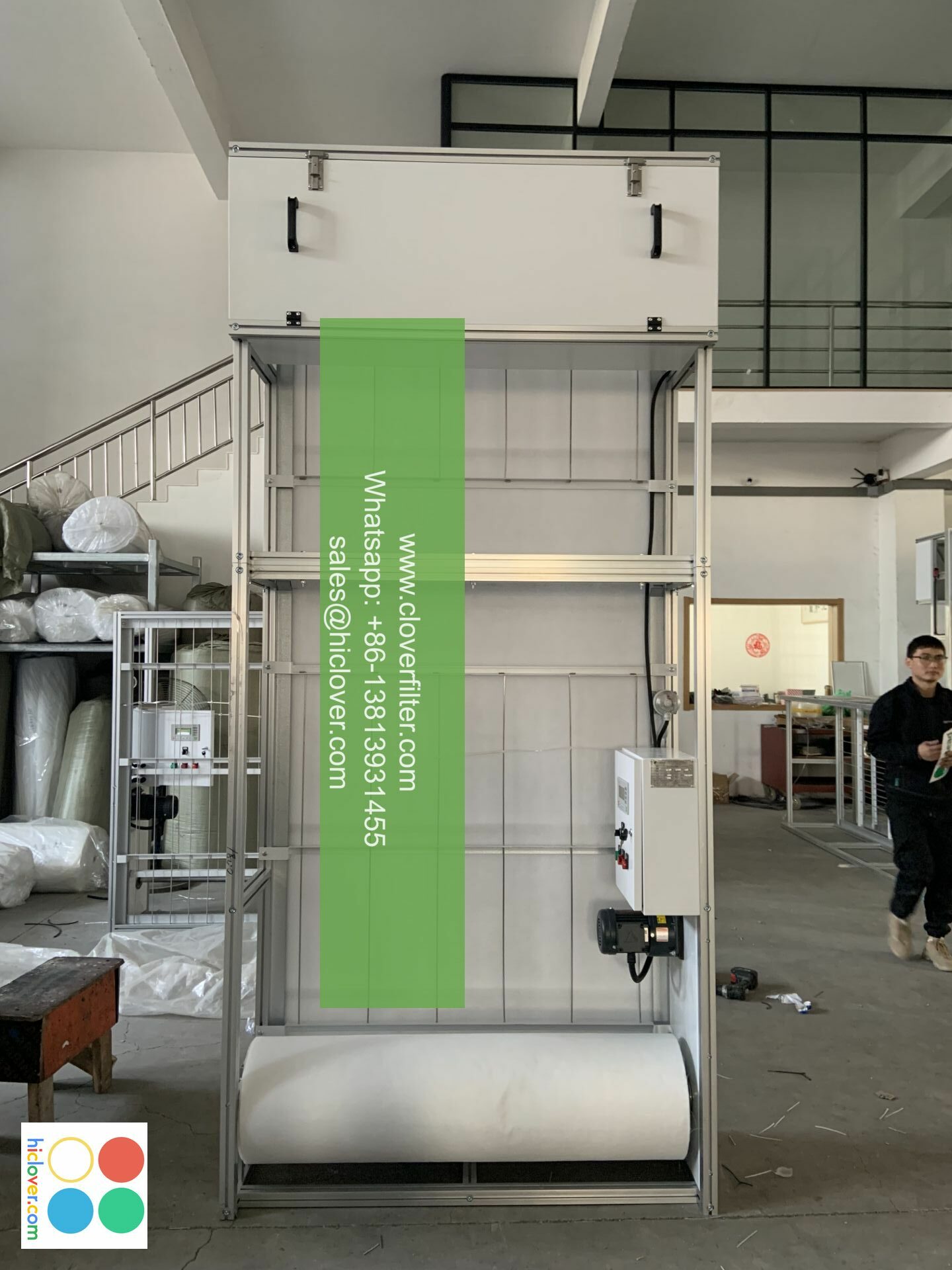Respiratory Safety: The Role of Air Purifiers in Public Spaces

Respiratory Safety: The Role of Air Purifiers in Public Spaces
The Importance of Clean Air in Public Spaces
As the world becomes more urbanized, the air we breathe is becoming increasingly polluted. Air pollution is a major public health concern, and its impact is felt not just individuals, but also communities and societies as a whole. In this context, indoor air quality (IAQ) is a crucial aspect of public health, as it can have significant consequences on respiratory health. Air purifiers have emerged as a key solution to this problem, playing a vital role in maintaining respiratory safety in public spaces.
The Hazards of Poor IAQ
Poor IAQ can lead to a range of respiratory problems, including:
- Asthma: A chronic condition that affects millions worldwide, characterized by recurring episodes of wheezing, coughing, and shortness of breath.
- Chronic Obstructive Pulmonary Disease (COPD): A progressive lung disease that makes it difficult to breathe and can lead to heart disease and lung cancer.
- Respiratory Infections: Bacterial and viral infections that can cause pneumonia, bronchitis, and sepsis.
- Removes airborne particles and pollutants: Air purifiers can capture 99.97% of particles as small as 0.3 microns, including dust, pollen, mold, and pet dander.
- Reduces volatile organic compounds (VOCs): Many air purifiers can also remove VOCs, which can cause symptoms like headaches, fatigue, and irritation to the eyes, nose, and throat.
- Improves respiratory health: By removing pollutants and allergens, air purifiers can reduce the risk of respiratory problems and improve overall respiratory health.
- Offices: Adding air purifiers to offices can improve worker productivity, reduce absenteeism, and create a healthier work environment.
- Schools: Schools with air purifiers can reduce the risk of asthma and respiratory infections, improving the overall health and well-being of students.
- Hospitals: Hospitals can benefit from air purifiers to reduce the spread of airborne diseases, create a healthier environment for patients, and reduce the risk of hospital-acquired infections.
- Public transportation: Public transportation systems, such as buses and trains, can install air purifiers to improve air quality and reduce the risk of respiratory problems.
The Benefits of Air Purifiers in Public Spaces
Air purifiers can significantly mitigate these risks by removing pollutants and allergens from the air, creating a healthier environment for everyone. Here are some key benefits:
Applications of Air Purifiers in Public Spaces
Air purifiers are not limited to residential use; they are also beneficial in various public spaces, including:
Conclusion
In conclusion, air purifiers play a vital role in maintaining respiratory safety in public spaces. By removing pollutants and allergens from the air, they can significantly reduce the risk of respiratory problems and improve overall health. From offices to schools, hospitals to public transportation, air purifiers are an effective solution to maintaining a healthy environment and promoting respiratory well-being. By investing in air purifiers, public spaces can become cleaner, healthier, and safer for everyone.
I’m here! What’s on your mind? Do you have a question, topic, or prompt you’d like to discuss? I’m ready to listen and help.


